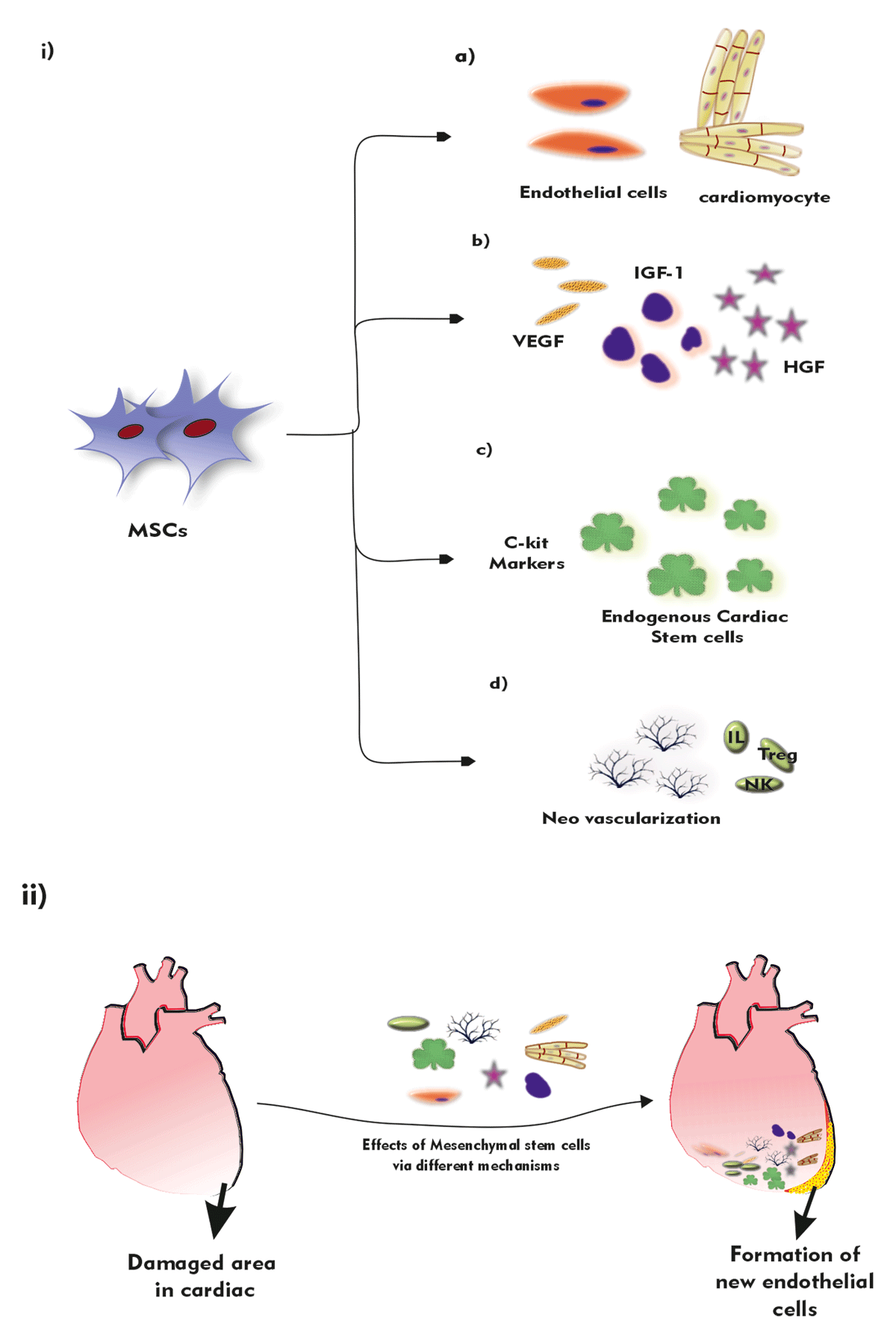Table of Contents
The writers keep in mind difficulties that continue to be, including boosting the engraftment success and cell survival. Because the ISCI and Miller Institution are leaders in this field, the writers additionally emphasize the requirement to systematize interpretations and results steps in the field. "The Hare Lab continues to be at the center of introducing brand-new therapies in this essential clinical domain.
Now we are checking out exactly how to harness such stem cells to aid people heal their own broken hearts."The research is routed by the Cedars-Sinai Heart Institute, with the partnership of the Johns Hopkins University, where Dr. Marbn worked before signing up with Cedars-Sinai in 2007. The 24 clients taking part in the research have hearts that were damaged and scarred by heart assaults.

It takes around 4 weeks for the cells to multiply to numbers enough for restorative use, around 10 to 25 million. In the 3rd and last action, the now-multiplied stem cells are reintroduced into the individual's coronary arteries during a second catheter procedure. All individuals in the study needed to have experienced heart attacks within 4 weeks prior to signing up in the research job.
Later this summertime, it is prepared for that 12 even more people will undergo procedures to receive 25 million stem cells, while 6 added clients will be kept an eye on as controls. The first individual, Kenneth Milles, a 39-year-old controller for a tiny building firm in the San Fernando Valley, experienced a cardiac arrest on May 10 as a result of a 99 percent obstruction in the left anterior descending artery, a major artery of the heart.
The procedure to expand the cardiac-derived stem cells associated with the research study was created by Marbn when he got on the professors of Johns Hopkins University. The college has applied for a patent on that particular intellectual residential property, and has actually licensed it to a firm in which Dr. Marbn has an economic rate of interest.

All financing was obtained from the National Institutes of Wellness, the Donald W. Reynolds Foundation and Cedars-Sinai Medical. Marbn holds The Mark Siegel Family Foundation Endowed Chair and Supervisor of the Heart Institute.
What to know about how stem cells help with Atherosclerosis
Cardiac arrest is an intense or persistent condition that influences millions of people worldwide. The most generally accepted techniques of therapy usually consist of signs and symptom management and drug considered life, so the burden created by the condition is heavy. Stem cell treatment for cardiac arrest has become a new means to deal with and handle the core of the disease.
Nonetheless, stem cell treatment can aid to reduce signs and symptoms and enhance the heart's pumping ability. This treatment uses the capability of stem cells to self-regenerate and self-heal. Adhering to the admission of stem cell shots for heart disease, numerous systems enter into play: Stem cells for cardiac arrest promote the development of specialized cardiac muscle cells and regenerate damaged tissue, enhancing the heart's pumping capability.
There are numerous kinds of stem cell treatment for heart failure that have obtained approval adhering to a large amount of study. These are sorts of adult stem cells that are acquired from bone marrow, fat cells, and skin cells. They have cell regenerative and anti-inflammatory residential or commercial properties. These are the most common and well-researched sorts of stem cells.
These are acquired from embryos and have the pluripotent potential to change right into any kind of cells, consisting of cardiac ones. The main problem with these cells is that, as they are extracted from embryos, they have lots of ethical and legal restrictions and are just used in particular circumstances. for the factors pointed out over.
Are there supportive options for High Blood Pressure with regenerative medicine?
These cells come from in the heart and are fit to cardiac repair work. Clinical Consultant, Swiss Medica medical professional The application and therapy of stem cell treatment is composed of five steps: Individuals start with an online consultation with our clinical advisor and are then reviewed by a cardiologist, who will certainly acquire the required clinical history, perform blood tests, and demand imaging studies to determine whether stem cell treatment for heart failing is a practical option.
We carry out stem cells via painless stem cell injections for coronary infarction. An extremely educated physician will infuse refined stem cells right into the blood stream; the entire treatment takes less than an hour. After finishing the heart disease stem cell treatment procedures, our clients will be monitored for any kind of issues and end results.
Navigation
Latest Posts
Can you manage Atherosclerosis with regenerative medicine?
Regenerative injections targeting Peripheral Artery Disease with minimal downtime
How to access stem cell therapy for Heart Failure